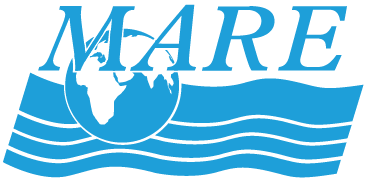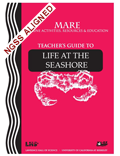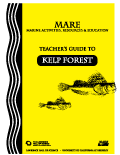K–12 Curriculum
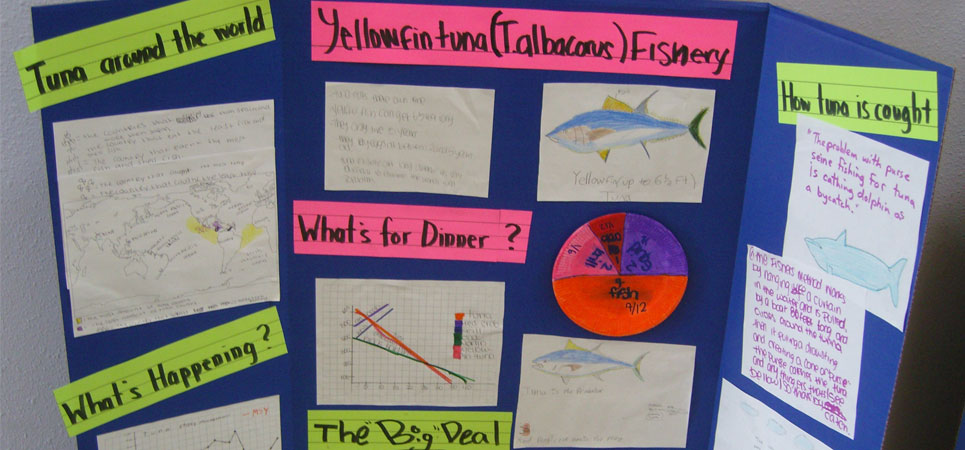
Tap into your students’ natural curiosity about the ocean to teach important science concepts while addressing the Next Generation Science Standards!
MARE has been developing high quality, inquiry-based, hands-on ocean sciences curriculum for over 20 years. Our curriculum includes:
K–5
MARE Teacher’s Guides to Marine Habitats: These habitat-based thematic instructional units provide an outstanding resource for engaging a whole school simultaneously in the study of a common theme. Each grade focuses on a different aquatic habitat. As students progress through the years, they build upon concepts and processes learned in previous years.
The activity guides address: Earth, physical and life sciences; language arts; environmental and social justice issues; art and music. The activities were designed for ALL learners. MARE incorporates research on learning and teaching throughout the curriculum promoting English language development along with complex understandings of science concepts. Check it out…download the MARE 5th grade Apples and Ocean activity (PDF, 815kb).
Early elementary grades focus on nearshore, more familiar habitats:
K—Ponds
2nd—Sandy beach
3rd—Wetlands
As students progress to their upper elementary years, they explore offshore marine habitats that are more conceptually abstract:
4th—Kelp Forest
5th—Open Ocean
Grades 3-5: Ocean Sciences Curriculum Sequence
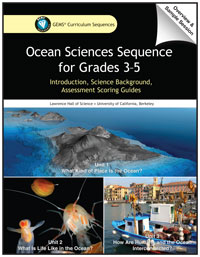
Ocean Sciences Curriculum Sequences Curriculum units that deliver rich science content correlated to the Next Generation Science Standards (NGSS) based on the Ocean Literacy Essential Principles and Fundamental Concepts.
Ocean Sciences Sequence Curriculum for Grades 3–5: A sequence that explores what kind of place is the ocean, what is life like in the ocean, and how are humans and the ocean interconnected.
6th–8th
Ocean Sciences Sequence Curriculum for Grades 6–8: The Ocean—Atmosphere Connection and Climate Change. A sequence that explores how the ocean and atmosphere interact, how does carbon flow through the ocean, land, and atmosphere, and what are the causes and effects of climate change.
6th–12th
Climate & Data ACLIPSE Activities. These NGSS-aligned activities support three-dimensional instruction and use a data literacy framework to help guide students using real-time environmental data to understand climate science.
Climate Simulation Activities. These simulation-based activities help students grasp important climate science concepts, such as heat energy and moving molecules, the carbon cycle, and climate change.

